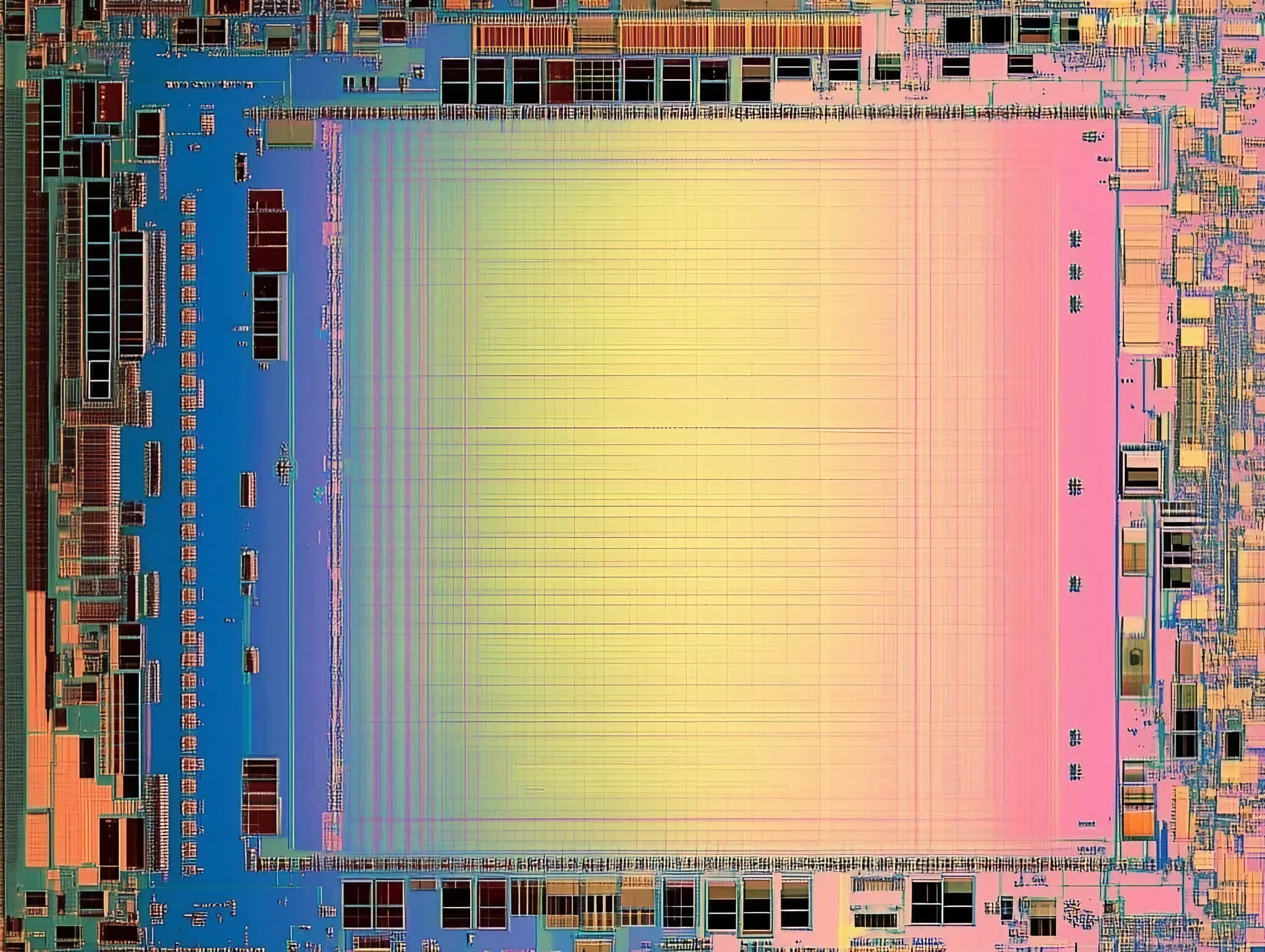Recently, there has been a series of good news regarding the Fujian carrier and the J-35 carrier-based aircraft, suggesting that the J-35 carrier-based aircraft will be a standard configuration on future Fujian carrier. Recently, Hong Kong Wen Wei Po published specific performance parameters of the J-35 carrier-based aircraft compiled from sources such as AVIC, indicating the technological level of the J-35, although not necessarily accurate.
According to the published parameters, the J-35 comes standard with two WS-19 “Huangshan” engines, which are equipped with omnidirectional thrust vectoring technology, and the radar cross-section of the J-35 can be reduced to 0.01 square meters. Standard equipment includes gallium oxide active phased array radar. Moreover, the takeoff weight of the J-35 will reach 35 tons, with a payload of 8 tons, and it can carry up to 8 missiles in its bays and on its wings. The operational radius of the J-35 reaches 1350 kilometers, with a maximum speed of 2.2 Mach.
From these data alone, it can be seen that the J-35 is a powerful fifth-generation stealth carrier-based aircraft, with a radar cross-section of 0.01 square meters, comparable to the stealth capability of the US F-22. Furthermore, other parameters of the J-35 are also excellent, potentially outperforming the US Navy’s carrier-based F-35C. For example, the maximum speed of the F-35C is 1.6 Mach, with an operational radius of 1240 kilometers. In comparison, the J-35 performs better in these aspects than the F-35C.

Of course, there is uncertainty in some parameters, such as the 35-ton takeoff weight, which may have errors. In fact, in recent years, there has been ongoing debate about the parameters of the J-35, with some suggesting that the weight of the J-15 as a heavy carrier-based aircraft is 32.5 tons, and the J-35 may be 28 tons. Some also believe that the speed of the J-35 should be around 1.8 Mach.
Regardless, the J-35, as a high-standard stealth carrier-based aircraft, should be without doubt. Moreover, the application of vectored nozzles will greatly increase the maneuverability of the aircraft. The WS-19 increases thrust to over 10 tons, expected to outperform the US-made F414. Moreover, there are compatibility issues between the F-35 and F-135 engines, which even prevent the F-35 from achieving supersonic cruising. Therefore, the J-35 equipped with WS-19 vectored thrust engines may indeed surpass the F-35C in performance.
Recently, the J-35 model has reportedly appeared in the takeoff area of the Liaoning aircraft carrier deck, indicating preparation for the J-35 to be deployed on board. Perhaps in the future, the J-35 will be prioritized for deployment on electromagnetic catapult aircraft carriers like the Fujian carrier. However, catapult-type carrier-based aircraft may also be compatible with ski-jump decks, so it is not impossible for the J-35 to be deployed on the Liaoning and Shandong aircraft carriers in the future.
The emergence of the J-35 effectively breaks the US monopoly in the field of carrier-based stealth aircraft. Furthermore, the combination of the J-35 and the Fujian carrier will elevate the comprehensive strength of the Chinese Navy to a new level.





















Discussion about this post